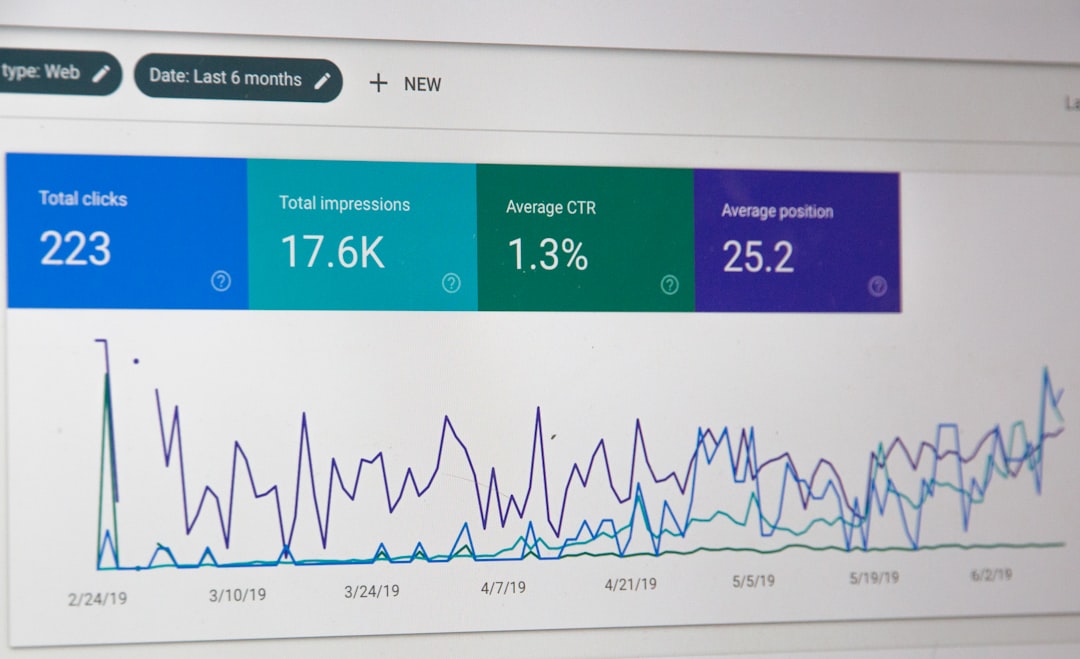In an increasingly competitive digital marketplace, eCommerce websites must prioritize both search engine optimization (SEO) and site performance to maintain visibility and efficiency. For developers using GoHugo—a fast, static site generator—the challenge is maintaining speed while also implementing SEO best practices. Fortunately, GoHugo’s nature as a static site builder positions it well for optimized performance and enhanced search rankings, provided the right strategies are followed.
This article covers best practices for ensuring your GoHugo eCommerce website is not only lightning-fast but also ranks well on major search engines.
Why Choose GoHugo for eCommerce?
GoHugo excels at delivering performance due to its static architecture, meaning it doesn’t rely on server-side processing for each request. Pages are pre-rendered into HTML files, reducing page load time significantly. For eCommerce, where page speed directly influences conversions, this is a major advantage.
But performance isn’t the only benefit. GoHugo also supports modern tools and workflows like Markdown content creation, Git-based version control, and continuous deployment integration. These support streamlined development processes and scalable website management.
Best SEO Practices for GoHugo eCommerce Websites
SEO on GoHugo may not behave the same way as on dynamic CMS platforms like WordPress. However, many of the core principles still apply. Here’s how you can keep your GoHugo site search-engine-friendly:
1. Use Semantic HTML Tags
Ensure you use correct HTML structural tags like <header>, <article>, <section>, and <footer>. These provide essential context to search engines about your content.
2. Optimize Title and Meta Tags
Customize the <title> and <meta name="description"> tags for every product and page. Hugo makes this easy with templated front matter in your content files.
title: "Men's Running Shoes"
description: "High-performance running shoes for men, ideal for marathons and everyday use."
3. Create Friendly URLs
Use Hugo’s built-in URL management to create clean and keyword-rich slugs.
e.g., /products/mens-running-shoes instead of /shop?id=123.
4. Implement Schema.org Markup
Add JSON-LD structured data for product details such as name, image, price, and availability. This increases the likelihood of getting rich results in search listings.
5. Generate and Submit a Sitemap
Hugo auto-generates a sitemap.xml, but you can customize it for better SEO. Ensure it’s submitted to search engines like Google Search Console and Bing Webmaster Tools.
6. Mobile Friendliness
Google prioritizes mobile-first indexing. Ensure your themes are responsive and engage in mobile usability testing regularly.
7. Optimize Internal Linking
Use context-rich anchor texts to link to related products and categories. This improves site crawlability and singular page relevance.

Speed Optimization Tips for GoHugo eCommerce Sites
While GoHugo is inherently fast, eCommerce sites typically introduce additional assets—product images, filters, API calls—that can bloat performance. Here are actionable steps to keep things snappy:
1. Leverage Hugo’s Asset Pipeline
Use Hugo’s built-in resources module to concatenate, minify, and fingerprint CSS and JavaScript files. This reduces file sizes and improves caching.
- Minification: Reduce whitespace and comments in your files.
- Fingerprinting: Ensures cache busting by hashing file names after every change.
2. Lazy-Load Images
Ensure images are loaded only when they come into the viewport. This decreases the initial page load time significantly.
3. Use WebP Image Format
Convert product images to WebP format, which offers superior compression over JPEG and PNG. Hugo can automate this using its image processing functions.
4. Utilize a CDN
Deploy your Hugo-built site using a global CDN like Netlify, Cloudflare, or Vercel. CDNs reduce latency by serving static assets from nodes close to the end-user.
5. Defer Unused JavaScript
Not all JS is needed at page load. Use Hugo’s templating to conditionally load scripts only when necessary. For example, defer analytics or third-party review widgets until after user interaction.
6. Prioritize Critical CSS
Inline above-the-fold CSS using Hugo shortcodes or build scripts to improve perceived page performance. Load non-critical CSS asynchronously.
7. Optimize Fonts
Web fonts are a hidden performance cost. Use system fonts where appropriate or load web fonts asynchronously with font-display swap CSS property.

Enhancing User Experience (UX) for SEO and Speed Synergy
UX greatly influences both bounce rate and conversion rate, which indirectly impact SEO. An intuitive browsing experience boosts dwell time and shopper satisfaction.
- Navigation: Implement breadcrumb navigation and mega menus for easy exploration.
- Site Search: Use lightweight JavaScript or client-side search libraries like Fuse.js optimized for static sites.
- Fast Checkout Pages: Limit JS frameworks on crucial pages such as carts or checkouts. The fewer dependencies, the faster the experience.
Moreover, use analytical tools like Google Lighthouse and WebPageTest regularly to test load time, interactivity, and accessibility. GoHugo sites typically score high, but consistent optimization is key to ongoing success.
Automating SEO and Performance Checks in CI/CD Workflows
Incorporate automated SEO and performance testing into your build pipeline. Use tools like:
- Lighthouse CI: Test each deployment for SEO and speed compliance.
- HTMLProofer: Validate links and HTML structure in Hugo builds.
- ImageOptim CLI: Compress images before deployment using shells scripts.
These integrations ensure your site remains fast and optimized at every update.
Final Thoughts
GoHugo is an excellent choice for eCommerce businesses that seek a balance between performance and scalability. With the right SEO strategies and speed optimization techniques, your static site can outperform many dynamic eCommerce platforms both in speed and search visibility.
By leveraging Hugo’s architecture, customizing themes, and integrating CI checks, developers can build robust online stores that deliver a fluid user experience while climbing SERP rankings.

Frequently Asked Questions (FAQ)
-
Q: Can GoHugo be used for dynamic shopping actions like carts and payments?
A: Not directly. GoHugo is static, but it can integrate with serverless functions and services like Snipcart or Shopify Buy Buttons to handle dynamic eCommerce needs. -
Q: How do I manage a large inventory on a static site?
A: You can automate content generation using JSON or CSV data files and Hugo’s templating system to dynamically render product pages during build time. -
Q: Does Hugo support multilingual SEO?
A: Yes. Hugo has excellent support for multilingual content, and it can generate hreflang tags and language-specific slugs automatically. -
Q: What hosting platforms are best for GoHugo eCommerce sites?
A: Netlify, Vercel, and Cloudflare Pages are popular choices. These platforms offer global CDNs, fast load times, and easy integration with Git workflows. -
Q: Is it possible to track SEO performance on a GoHugo site?
A: Yes. You can integrate Google Search Console
